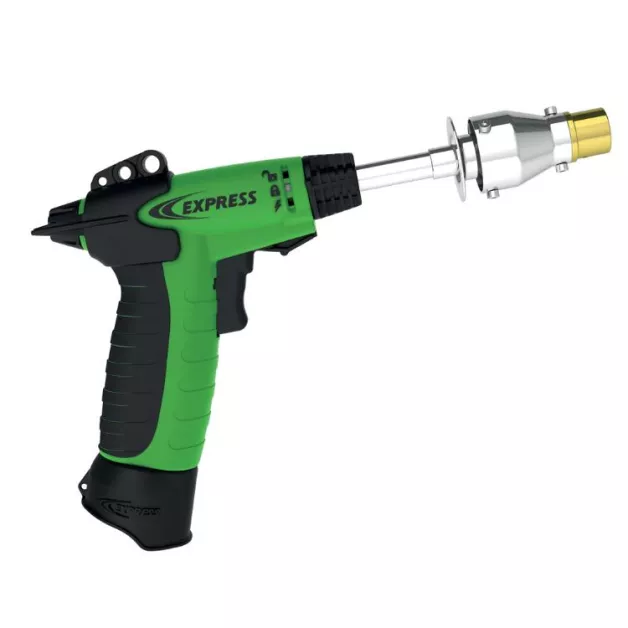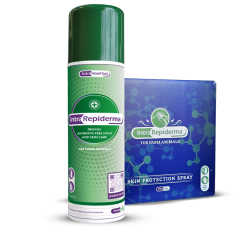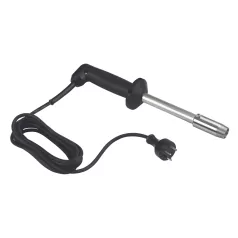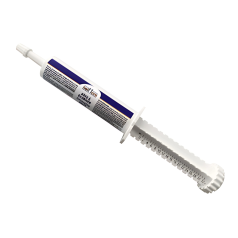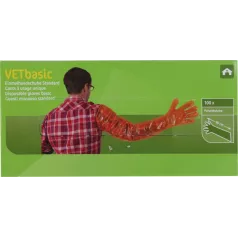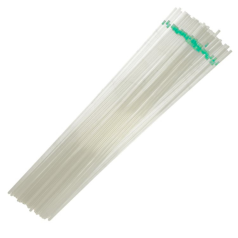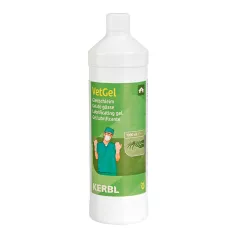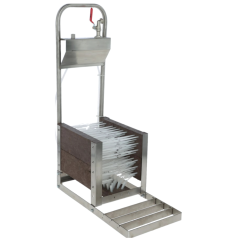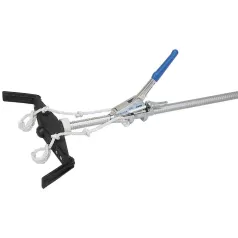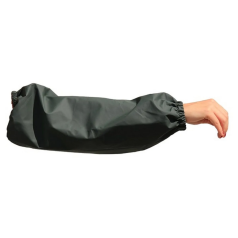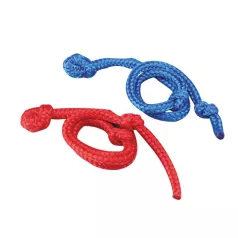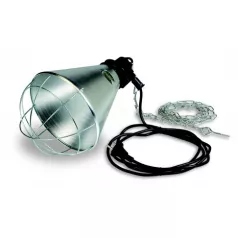Product successfully added to your shopping cart
Révolutionnez l'écornage avec Express
Gas dehorner Express
- Fast delivery
- Free in-store pick-up
- Professional advice
- Secure payment
8127480
The dehorner is an essential tool for cattle and goat farming. Dehorning involves removing the horns of animals, a practice aimed at ensuring their safety, the safety of breeders, and improving their quality of life. That's why Terwagne-élevage offers you the Arkos dehorner from Express. For goat dehorning, please specify in the comment section when purchasing, and we will adapt the fitting.
Accessories
-
11,38 € HTVA13,39 €
Available now
-
79,34 € HTVA
Available now
-
194,21 € HTVA
Available now
-
Combinations available
Check some of theses attributes to see what attribute combination is available

|
Ref: 8127480 |
Available now |
227,00 € |

|
Ref: 8127484 |
Available now |
12,90 € |

|
Ref: 8127483 |
Available now |
29,70 € |

|
Ref: 8127463 |
Available now |
28,90 € |
More info
Translate the following text from French to English:
Horns can be a source of injury, whether for the animals themselves or for the people handling them. By removing the horns in an appropriate and professional manner, the risk of accidents is reduced and the health of the herds is preserved. Moreover, it facilitates the daily management of the animals, their feeding, and their movement.
The Express Arkos Dehorner for Cattle and Goats
Cattle Video
Sheep and Goats Video
The Arkos Dehorner is a high-quality piece of equipment specially designed for cattle and goat farmers concerned about the welfare of their animals. It is equipped with advanced technology that allows for precise and quick dehorning. The Arkos comes standard with a reversible tip, ideal for cattle, with a diameter of 17/19 mm. This tip ensures optimal performance during cattle dehorning.
Features of the Arkos Dehorner: ![]()
- Advanced technology for precise and painless dehorning.
- Reversible tip for cattle (17/19 mm) included.
- Option to purchase a specific tip for goats (15 mm).
- Ease of use for maximum efficiency.
- High-quality materials for long-lasting durability.
- Designed to minimize animal stress.
Accessories for the Express Arkos Dehorner
In addition to the Arkos dehorners, Terwagne-élevage.com also offers a range of accessories to optimize the use of these tools and ensure their maintenance. You can purchase replacement tips for cattle and goats, allowing you to extend the life of your dehorner while maintaining optimal performance. Additionally, we offer gas refills, ensuring that you always have the necessary power to carry out this important task.
Choose safety, precision, and the well-being of your animals by selecting the Express Arkos dehorners, now available on Terwagne-élevage.com. Order today to improve the management of your farm and ensure the safety of your herd.
The use of dehorners like the "Express Arkos" model is a common practice in cattle and goat farming to remove the horns of calves and kids. This intervention aims to reduce injuries within the herd, facilitate animal management, and prevent material damage. To ensure animal welfare and achieve the best results, it is important to follow precise guidelines regarding the timing of the intervention and how to use these tools.
Optimal Timing for Dehorning
The optimal age for dehorning depends on the species and the individual development of the animal, but here are general guidelines:
- Calves: Dehorning should be carried out as early as possible, ideally before the age of 2 weeks. At this stage, the horn buds are not yet well developed, and the intervention is less stressful for the animal.
- Kids: As with calves, dehorning should be done early, ideally before the kids reach the age of 10 days, as the horn buds are still small and less vascularized.
Using the Express Arkos Dehorner
1. Preparation:
- Ensure that the dehorner is hot and operational before starting. The Express Arkos model is equipped with a rapid heating system.
- Immobilize the animal to reduce stress and the risk of injury. The use of a dehorning cage or suitable restraint is recommended.
- Apply local disinfection to the area to be dehorned to minimize the risk of infection.
2. Dehorning:
- Place the heated tip of the dehorner on the animal's horn bud, applying uniform pressure. The required time varies depending on the dehorner model and the age of the animal, but it is generally a few seconds.
- The goal is to cauterize the tissue around the horn bud to prevent horn growth. A slight circular mark should appear around the bud after application.
3. Post-operative Care:
- Apply an antiseptic treatment to the treated area to promote healing and prevent infection.
- Monitor for signs of pain or infection in the days following the dehorning and consult a veterinarian if necessary. Animal Welfare Dehorning, even when carried out under the best conditions, can be stressful and painful for animals. To improve animal welfare, consider the following measures: Analgesia and anesthesia: The use of medication to reduce pain, such as local anesthesia or analgesics, is highly recommended and, in some countries, mandatory. Training and competence: Ensure that the person performing the dehorning is well-trained and competent in using the dehorner correctly to minimize stress and pain for the animal. Evaluation of alternatives: For some farms, using naturally hornless breeds can be an alternative to dehorning. By following these recommendations, you can ensure an effective intervention while respecting animal welfare.
Questions / Answers
Be the first to ask a question about Gas dehorner
Reviews
You must log in to give a review


